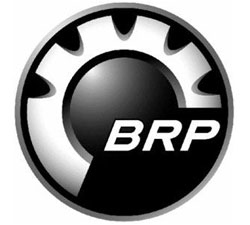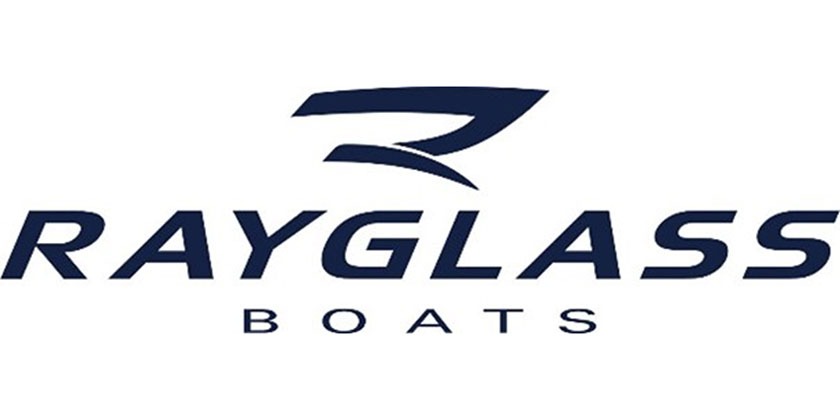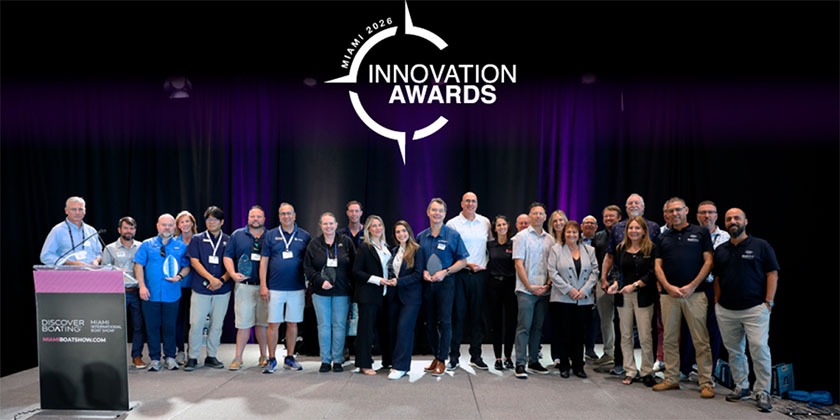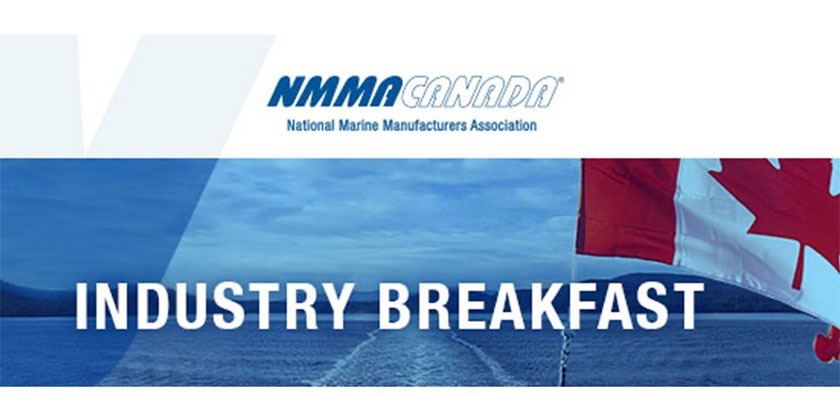BRP Moves Sea-Doo Assembly To Mexico

 In an announcement made May 31, 2012, we have learned that BRP is reorganizing part of its operations. Starting in 2013, the company will expand its existing production capacity in Mexico by transferring engines currently being manufactured in Juárez to a new plant. The assembly of watercraft (PWC) will also be transferred from Valcourt to the new plant. In addition, BRP will assign the North American distribution of its parts, accessories and clothing (PAC) to a logistics provider.
In an announcement made May 31, 2012, we have learned that BRP is reorganizing part of its operations. Starting in 2013, the company will expand its existing production capacity in Mexico by transferring engines currently being manufactured in Juárez to a new plant. The assembly of watercraft (PWC) will also be transferred from Valcourt to the new plant. In addition, BRP will assign the North American distribution of its parts, accessories and clothing (PAC) to a logistics provider.
The transfer of the PWC assembly to Mexico will enable BRP to be more competitive and it will free space on the main assembly line in Valcourt to increase the roadster production and meet the increasing demand. The transfer of engine assembly to the new plant in Mexico will allow for increased production capacity in Juárez, which will help meet the fast growing demand for all-terrain and side-by-side vehicles already manufactured in that plant. By using a specialized firm to handle the North American distribution, BRP will gain greater flexibility to meet the projected growth of its PAC business and will reduce capital investment while improving customer service.
"Building a global multi-market business is an ongoing process. To remain a market leader, BRP needs to constantly challenge itself and adapt to change," said José Boisjoli, president and CEO. "This is not the first time that we change things at BRP; nor will it be the last. While we remain very much committed to our heritage and roots in Valcourt, we must become more flexible to leverage our growth opportunities."
Over the next 18 to 36 months, approximately 500 employees will be affected by these decisions. These employees will be presented with options including positions within or outside BRP or retirement packages greatly minimizing the number of layoffs.
"We successfully recovered from the recession by making critical investments and difficult decisions. We collaborated with our employees to maximize efficiency. However, we still have challenges stemming from regulatory constraints in several emerging markets. As we continue to expand our global presence, we will require more manufacturing flexibility so that we can secure our presence in these countries," concluded Boisjoli.
























